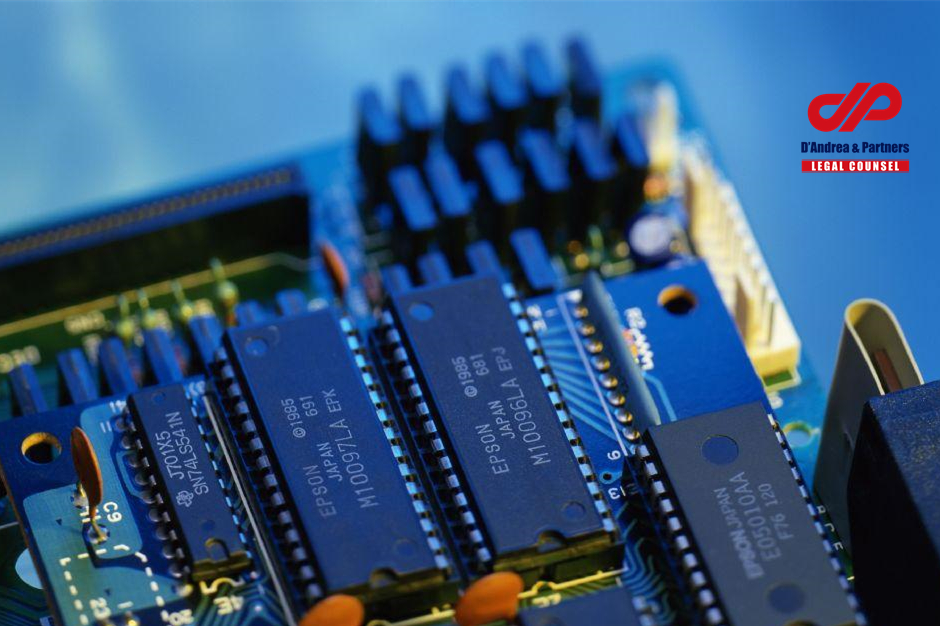The number of companies that are looking to invest in Vietnam is constantly increasing and it is essential for anyone aiming to intelligently invest, to have a proper understanding of the business environment and the relevant regulations. Keen observers would also be aware that Vietnam has also been under the radar due to the convenience of Trade Agreements signed with ASEAN countries, the US and the soon to be in force EVFTA with the European Union.
A major concern is the abuse of origin labeling in order for companies to benefit from the preferential regime under the free trade agreements. However, Vietnam has engaged in many trade pacts that grant preferential tariffs but have no clear regulations for brands operating only in the domestic market.
Needless to say, enterprises should certainly be aware of the importance of the Certificate of Origin. By definition, the “Origin of Good” refers to: the country where such good has been wholly obtained or the country where the last substantial transformation has been carried out.
Most industrial products are not qualified to be considered as “wholly obtained” in Vietnam. In cases where the manufacturing process is deemed as simple assembly, packaging, mixing of products or doesn’t require machinery specifically installed to carry out the activities, or the special skills of workers, it doesn’t count as made in Vietnam.
In other cases, products might be eligible if they meet one or both criteria required by the law, which are:
Percentage Part of Value (also known as LVC)
LVC refers to the percentage of value which is sufficient to deem the goods as having originated in Vietnam. This percentage is determined as the part of added value compared to the total value of the produced or processed goods in Vietnam after subtracting the value of imported input materials or the value of input materials of unidentifiable origins.
Change in Tariff Classification (also known as CTC)
CTC refers to the change of the HS Code of goods at level 2(two), 4(four) or 6(six) as compared to the HS Code of the input materials, not originating from the production used to create such goods.
In the last few months, the Tuoi Tre newspaper published a series of articles about Asanzo’s facilities and their chain of production. Asanzo was a promising company in electronics until reports emerged indicating that it was seemingly used to assemble televisions with components originating from China, allegedly removing the “Made in China” stamps and re-labelled them “Made in Vietnam” for domestic sale.
From a legal perspective, it’s uncertain to conclude whether they have committed fraud. Tampering with the origin labels for either domestic sales or export, is a fraudulent act, however, under WTO regulations they were entitled to self-certificate their products as “Made in Vietnam” as the last stage of production was carried out in Vietnam. Local producers and importers have the right to self-declare the origins of their products and the labeling of the origins of goods shall comply with Decree 43/2017, that requires all goods in Vietnam to be labeled with mandatory details, but it fails to specify the criteria for a “Made in Vietnam” label.
When committing violations of the rules of origin, Vietnamese businesses can be sued not only domestically but also overseas. If local businesses are neglectful, they may be in violation international law even if they have complied with domestic regulations.







